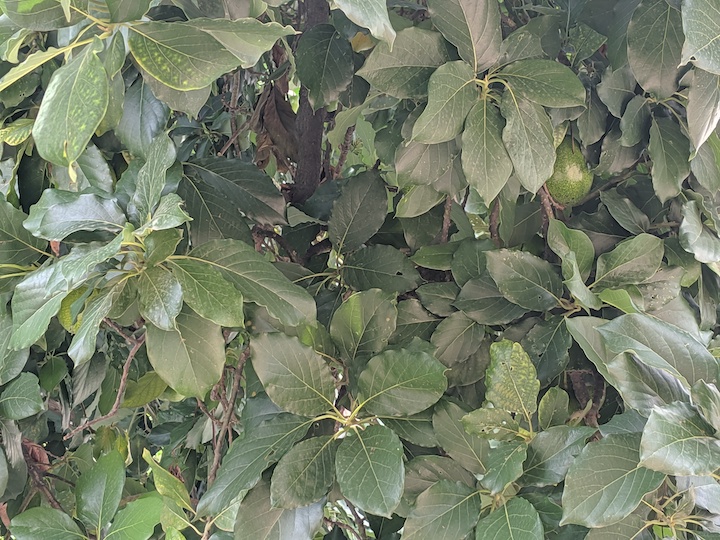Level ups in food
I enjoy cooking. It’s one of the most truly meditative states I find myself in. Trying to isolate at home in the last few months, I’ve gotten a chance to experiment more often and think about how the chemistry of ingredients would impact flavour. Here it goes.
Humans perceive taste in four stages: vision, nose, palate and finish. This is a common framework used in wine / whisk(e)y appreciation classes and the science is quite straightforward. We look at a plate of food and our brain forms connections with similarly delicious tasting things we’ve eaten in the past. Then we take a whiff of the awesomeness and these connections become stronger, heightening the anticipation. This little dance triggers the secretion of saliva. As we take the first bite, saliva ensures that our food glides over the taste receptors throughout the tongue going towards the back of the throat. Once we start breathing normally, the throat and nose take in aroma one last time as the food travels southbound.
While perception of taste is very subjective, it is easily argued that small tweaks can make food great. Since I’ve managed to run a few tests that confirm this, here’s a handy guide to think about level ups. The standard caveats apply. I’m a lowly product manager, not a biochemist. My suggestions would make intuitive sense but not hold up to academic scrutiny.
Tip 1: fill the obvious hole Across centuries, we’ve mastered the art of filling in gaps of flavour to level up our food. For instance, while making tea; leaves, sugar, milk and water are amazing at visuals, nose and palate but don’t give a punchy finish. Enter cardamom, cloves, cinnamon, lemongrass or ginger and ta-da, the humble tea is now masala chai. The obvious question: is there a spice that wouldn’t work and why? Red chilli or cumin would certainly backfire but why? Milk. Milk fats provide nothing but a palate of mild sweetness and layering requires heading in a similar direction.

Simple layers of flavour and texture in tomato soup: fresh tomatoes, basil and oregano add the nose and finish to the sour-y palate
Flavours that might seem opposing work because they don’t affect the same taste receptors. E.g., blue cheese and honey are both strong on the palate but sweets and fats have different receptor cells on the tongue and hence, layer in favour of each other.
The easiest way to know what works though is to try it out once. Nothing ventured, nothing gained.
Tip 2: while cooking, location location location is timing timing timing Timing of heat determines water content in the ingredients. Water has no taste by itself so more water equals less flavour but it is great friends with saliva and carries flavour through to taste receptors. Hence, maximizing taste involves evaporating just enough water. Most Indian / Middle Eastern curries recommend cooking down tomatoes and onions till the oil separates. That’s the sweet spot. No more rawness and flavour bomb.

Lamb rogan josh; cooked the onions and garlic till the oil separated before putting in the lamb ribs
The most classic flavour combos in the world look like: rosemary (aroma) on steak (palate + finish). Heat enhances aroma and kills finish (feeling of freshness) for herbs. Hence, time your herbs. Add rosemary or thyme early into the cooking like in a marinade but cilantro or parsley at the very end after heat is turned off.
Slow application of heat over long durations encourage mild intensity reactions that produce subtle flavours. If the food doesn’t have a strong character of its own (low fat meat or black lentils for instance), cook it slowly to level up.
Tip 3: when in doubt, measure I’m one person who learnt cooking by watching YouTube videos and just having fun in the kitchen but there is one thing which I rarely got right: baking. Maillard reactions a.k.a. browning / caramelization during baking check off all 4 boxes of flavour in one shot. This is an incredibly sensitive process and needs delicate tweaking which is either gained by experience over time or is dumbed down into repeatability via exact measurements.
My recommendation: shamelessly copy documented recipes for best results. Over time, build heuristics that you can copy e.g., cooking juicy, crispy chicken was hard for me. I now have a thumb rule for skin just shrinking from the leg cartilage to switch the heat off and letting it cook in steam for a few mins. This just works every time

Crispy and juicy chicken drumsticks cooked in yogurt gravy
Tip 4: ingredients make the food The difference of taste in a fresh avocado (we used to have a tree in our backyard in Bangalore) v/s store bought ones which probably traveled the globe during ripening was indescribable. Invest the time to visit farmers markets and buy fresh, in-season, locally grown stuff which hasn’t spent ages in a supply chain or frozen. Most times, this actually turns out cheaper as well.

The lovely avocado tree that I dearly miss
The other related tip when you manage to do this is to preserve food yourself. For instance, making carrot pickles or passata for storage at the time when the ingredient was kicking-ass makes the preserve 10x better. I’d like to do more of this last one myself. Still a noob in preserving.
Signing off for now. Time for breakfast! Ravdeep
← Home